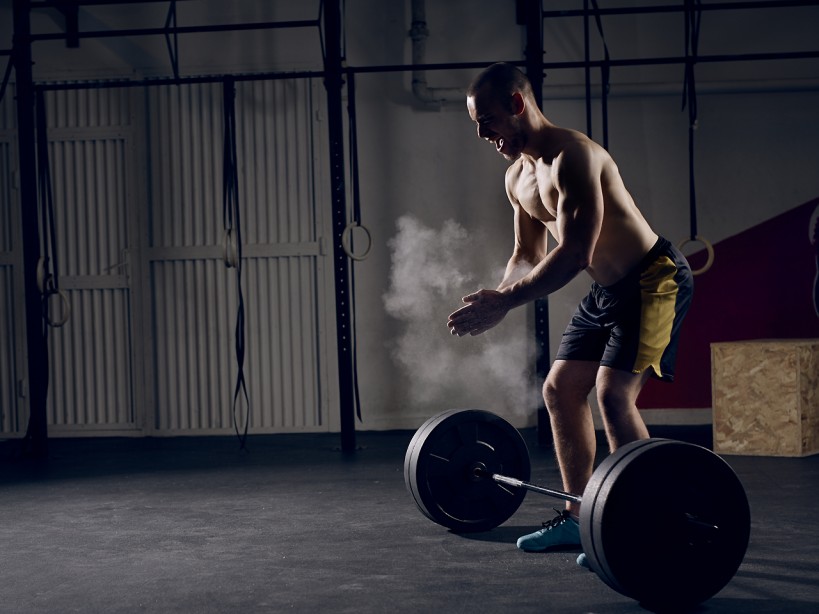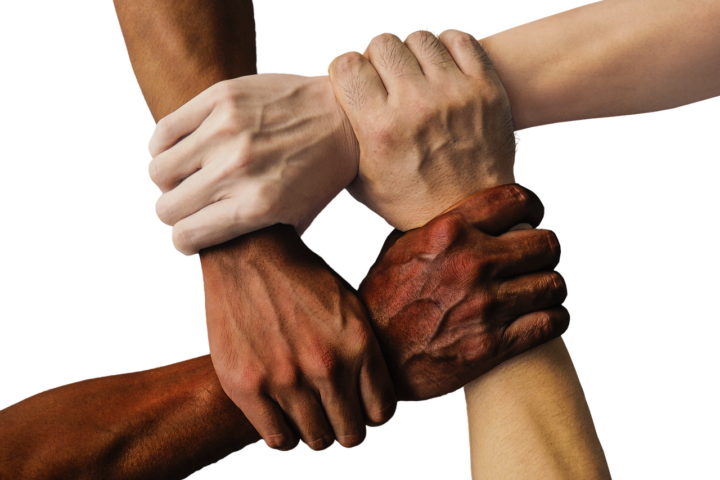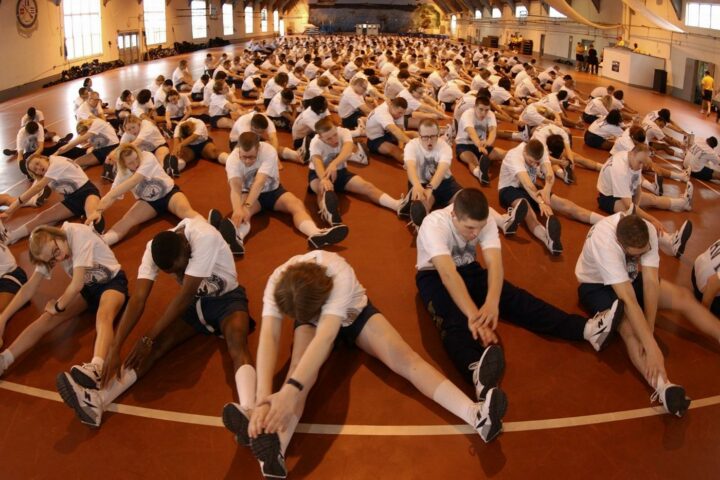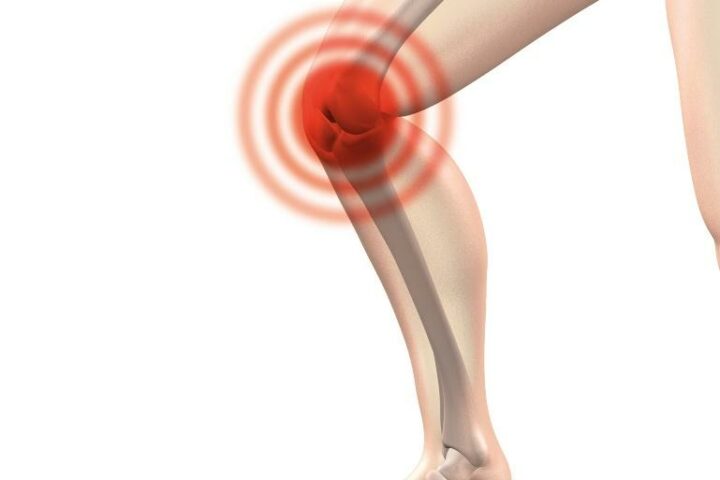There is an interesting debate that goes on in health care facilities. If someone hurts their back, should they ever deadlift? I have seen Doctors tell patients a hard “No”, even for deadlifting 20 lbs. And I’ve also seen Doctors not only encourage patients to get back to lifting, but actually coach people to perform proper deadlifts, sometimes even in the clinic! So, if you have back pain, should you be deadlifting?
Here’s the answer: deadlifts, when done correctly, are extremely beneficial for your back. They help to make you stronger, they increase your core strength, teach you how to lift with your hips and not your back, and they make you less likely to injure yourself picking up things in non-gym circumstances. BUT, when deadlifts are done incorrectly there is a very, very, very high chance for injury.
Given that, why is it important to teach people with lower back pain how to deadlift? Because we can’t avoid lifting things for the rest of our lives. Deadlifting is one of the more natural movements we perform in the gym. It’s the act of picking something up off the ground. We wouldn’t get very far in life if we had to stop doing this. Shoes, groceries, backpacks, children, it’s all fundamentally the same movement. So while you may stop deadlifting in the gym, you’re not going to stop performing this type of movement in real life.
A deadlift is typed as a ‘hinge’ movement. This means keeping the knees slightly bent while keeping the back flat, and using your hips as a ‘hinge’ to do the bulk of the work.
Look pretty similar, no?
There are two main ways that deadlifting ends in an injury to the lower back.
 excessive flexion during the lift. Your low back should ideally simply transfer the weight of the bar from your hands to your hips, the prime movers during this movement. To do this, the low back must be rigid and neutral (straight). If the spine flexes (bends forward) during the lift, all of a sudden the load is absorbed by the spine and little is transferred to the hips. When the spine is flexed, this puts undue pressure onto the disc, and can lead to disc bulges and herniations. Pain from this may be the low back pain that travels down the leg, and may be accompanied by numbness, tingling, or weakness.
excessive flexion during the lift. Your low back should ideally simply transfer the weight of the bar from your hands to your hips, the prime movers during this movement. To do this, the low back must be rigid and neutral (straight). If the spine flexes (bends forward) during the lift, all of a sudden the load is absorbed by the spine and little is transferred to the hips. When the spine is flexed, this puts undue pressure onto the disc, and can lead to disc bulges and herniations. Pain from this may be the low back pain that travels down the leg, and may be accompanied by numbness, tingling, or weakness. - Excessive extension during the lift. Similar principle as flexion, but in the opposite direction. If the spine flexes, the disc is the tissue at risk. If you are overextended, or arch your low back excessively, you are more likely to damage the joints on the back of the spine, called the facet joints. These are strong pain generators, but they don’t radiate pain into the legs or cause neurological symptoms.
If you do either of these things while deadlifting you’ll increase your chances for injury. But more importantly, if this is happening while you deadlift, when you’re thinking specifically about the movement, then I can guarantee you are doing this every time you pick something up in your everyday life.
By learning how to deadlift correctly, you will reduce the cumulative stress on your low back from every time you bend down to pick something up. I have seen many injuries from people picking up completely innocuous things: a pencil, shoes, a toy, a laundry basket, etc. It’s usually the straw that broke the camel’s back at this point. Years of a bad hinge pattern have weakened their back to the point of injury. I’m not saying everyone needs to try and lift 400 lbs, but teaching a good hinge pattern is essential for a healthy back in and out of the gym.
How can you make sure you’re deadlifting correctly? If you are already performing deadlifts, videotape yourself from the side. You will be able to see if your back is flexing or extending during the movement. If you exercise but currently avoid deadlifts, I suggest finding an experienced personal trainer who can guide you through the proper steps. You don’t even need to get a package, you can just hire a trainer to go over the movement with you for one or two sessions to make sure you have good form. If you currently have back pain, I recommend seeing an knowledgeable Chiropractor or Physical therapist. Not only can they address any joint or muscular problems you’re having, they can more accurately tailor an exercise program to your unique anatomy and stage of recovery.






